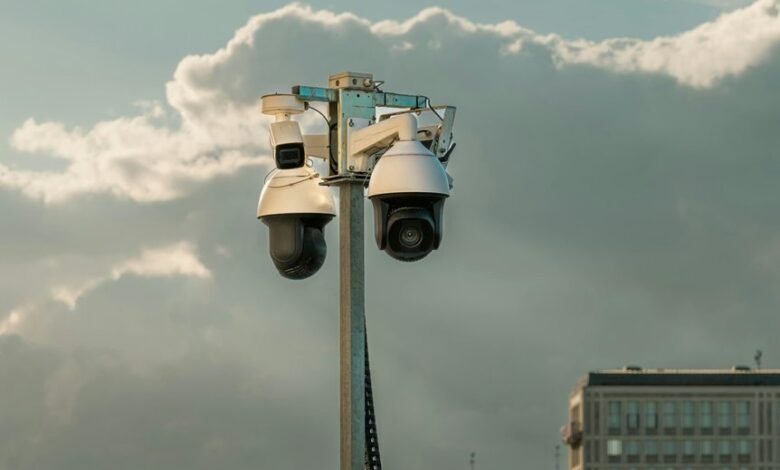
You might not realize that India’s digital landscape is rapidly evolving, making network oversight and control more crucial than ever. As data privacy concerns intensify, organizations must navigate the delicate balance between innovation and security. The effectiveness of regulatory frameworks and advanced threat mitigation tools can significantly impact network integrity. What does this mean for businesses striving to adapt in a constantly changing environment? Understanding these dynamics is key to maintaining a competitive edge.
The Importance of Network Oversight in India
As the digital landscape in India continues to evolve rapidly, the importance of network oversight becomes increasingly evident.
You need to ensure network reliability while navigating complex data privacy concerns. Effective oversight not only safeguards sensitive information but also enhances user trust.
Regulatory Frameworks Governing Network Control
While navigating the complexities of network control, understanding the regulatory frameworks in place is crucial for ensuring compliance and fostering innovation.
You’ll need to familiarize yourself with data privacy laws and compliance standards that govern your operations.
These regulations not only protect user information but also empower you to innovate responsibly, balancing freedom with the necessary oversight to maintain trust and security.
Key Initiatives for Enhancing Network Security
To enhance network security, organizations must implement a multifaceted approach that addresses both technological and human factors.
Prioritizing cyber hygiene through regular training empowers employees to recognize threats.
Integrating advanced threat mitigation tools strengthens defenses against potential breaches.
Challenges in Managing Network Integrity and Efficiency
Despite implementing robust security measures, organizations in India face significant challenges in managing network integrity and efficiency.
You must prioritize network optimization while balancing data privacy concerns.
Inefficiencies often arise from outdated infrastructure and inadequate monitoring tools.
To achieve seamless performance, you need a strategic approach that incorporates real-time analytics, empowering you to adapt swiftly to vulnerabilities and maintain control over your network.
Conclusion
In navigating India’s complex digital landscape, think of network oversight as a sturdy lighthouse guiding ships through treacherous waters. By embracing robust regulatory frameworks and cutting-edge security measures, you can fortify your organization against lurking threats. Picture a seamless blend of innovation and security, where user trust flourishes, and sensitive data remains shielded. As you adapt and evolve, remember that proactive measures are your compass, steering you toward a future where network integrity is not just maintained, but thrives.




